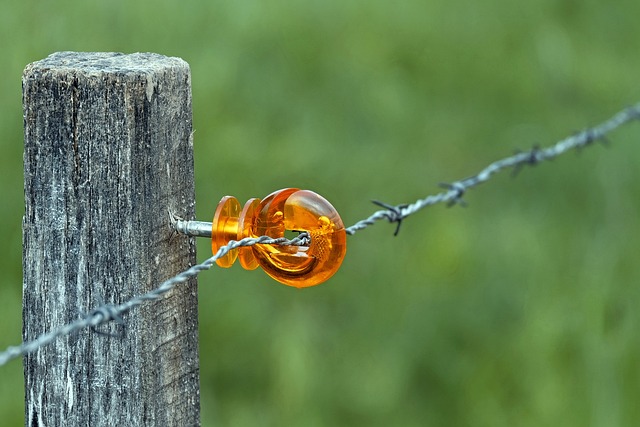Coastal areas present unique challenges for fencing due to harsh weather conditions and saltwater exposure. Traditional fences often fail to withstand these elements, leading to frequent replacements. This article explores durable wooden fencing solutions tailored for coastal environments. We discuss the benefits of using specific wood types and advanced treatments that enhance resistance to rot, decay, and corrosion caused by salt water. Additionally, installation techniques are addressed to ensure long-lasting and aesthetically pleasing fences in challenging coastal settings.
- Understanding Coastal Fencing Challenges
- Benefits of Durable Wooden Fencing
- Material Selection and Treatment
- Installation Considerations for Coastlines
Understanding Coastal Fencing Challenges
Coastal areas present unique challenges for fencing due to their harsh environments. Constant exposure to salt water, strong winds, and extreme temperatures can rapidly deteriorate conventional fencing materials. Traditional wooden fences often struggle to withstand these conditions, leading to frequent replacements and increased maintenance costs. The key to successful coastal fencing lies in selecting durable materials and construction methods that can resist the elements.
Additionally, coastal areas are often home to diverse wildlife, including marine life and birds, which can further complicate fence installation and maintenance. Care must be taken to ensure fences do not impede the natural movement of wildlife or become hazards during storms. Understanding these challenges is essential in choosing the right fencing solution for lasting protection and aesthetic appeal along the coast.
Benefits of Durable Wooden Fencing
Durable wooden fencing offers an aesthetically pleasing and functional solution for coastal areas, where traditional materials often struggle to withstand harsh conditions. One of its key advantages is its natural beauty, providing a warm and inviting ambiance while seamlessly blending with the surrounding environment. This type of fencing can be tailored to various styles, from classic to modern, allowing homeowners and developers to enhance their coastal properties without compromising on design.
Moreover, durable wood creates a robust barrier against relentless wind, salt mist, and frequent storms, ensuring longevity and minimal maintenance. It provides privacy and security while offering an eco-friendly alternative to synthetic materials. The organic texture of wood also supports biodiversity by creating habitats for local wildlife, contributing to the overall health of coastal ecosystems.
Material Selection and Treatment
When selecting materials for wooden fencing in coastal areas, durability is paramount to withstand harsh weather conditions. Opting for high-quality, treated wood is essential to ensure longevity. Look for species like cedar or redwood, known for their natural resistance to rot and insects. These woods possess inherent properties that make them ideal for outdoor applications, particularly near the coast where they’re exposed to salt air and moisture.
Treatment plays a crucial role in enhancing the material’s durability. Pressurized treatment methods infuse the wood with preservatives, further protecting it from decay and pest damage. Additionally, applying waterproof coatings or stains can shield the fence from moisture absorption, preventing warping or cracking over time. Regular maintenance, including cleaning and re-application of treatments, is also vital to keep the fencing in top condition for years to come.
Installation Considerations for Coastlines
When installing durable wooden fencing in coastal areas, several unique considerations come into play. First, it’s crucial to choose fence materials that can withstand constant exposure to salt air and moisture. Treated, weather-resistant woods like cedar or redwood are ideal choices due to their natural resistance to rot and decay. Additionally, these materials offer excellent aesthetics, complementing the coastal landscape without appearing out of place.
Another key consideration is the proximity to water bodies, as tides and strong winds can significantly impact fence stability. Proper anchoring techniques, including deep foundation installations and robust support structures, are essential to ensure the fence’s longevity. Regular maintenance, such as re-sealing and treating the wood, becomes more frequent in these environments to safeguard against accelerated wear and tear.
